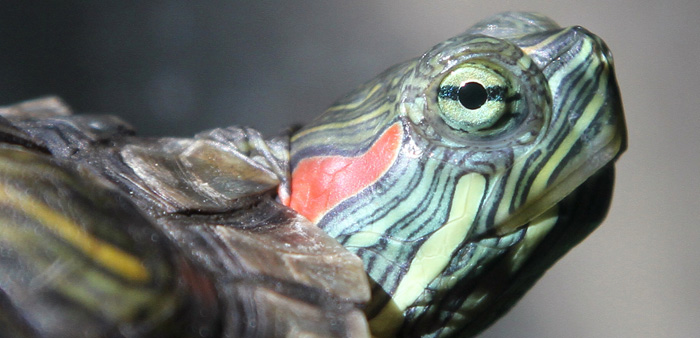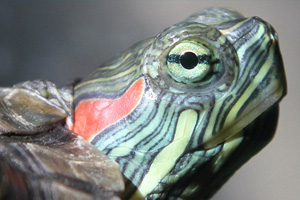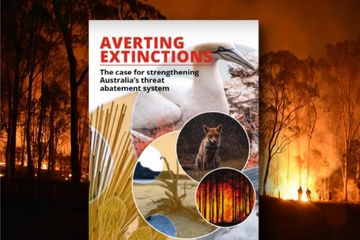
Case studies of some of the most dangerous overseas plants and animals to have evaded Australia’s environmental border controls have been released today by the Invasive Species Council.
“We’re calling them the ‘dirty dozen’ because the case studies include some of Australia’s most deadly invasive species – red fire ants, the eucalypt-killer myrtle rust, red-eared slider turtles and yellow crazy ants,” the council’s CEO Andrew Cox said today.
The dirty dozen even includes an illegally-released aquarium fish so aggressive it was named after the pugnacious boxing champion Jack Dempsey.
“Nowhere in Australia has been safe from these deadly incursions,” Mr Cox said.
“Queensland is battling fire ants, the Asian black-spined toad has turned up in Victoria, NSW and in the past few weeks Western Australia. One of the worst offenders is the native plant killer myrtle rust, which now infests our entire eastern seaboard, and has reached Tasmania.
“Australia’s environmental border controls are a leaky sieve and must be fixed.”
Western Australia was put on high alert recently after an Asian black-spined toad was discovered outside a home in Cloverdale, near Perth airport.
If the toad, one of the dirty dozen case studies (download case study), establishes a viable population in Australia it could cause serious ecological problems, comparable to the impact of the cane toad, but affecting the cooler parts of Australia. Like the cane toad, the black-spined toad secretes poison from a gland on its back to ward off predators. It can also spread exotic parasites and pathogens.
To fix Australia’s leaky environmental borders the Invasive Species Council is calling for the findings of this year’s national biosecurity review to be acted on including:
- A biosecurity fighting fund, sourced through a levy on air and sea cargo.
- A champion for environmental biosecurity based in the federal environment department.
- A national priority list of major looming invasive threats to our environment.
- A stronger focus on the environmental and social risks posed by dangerous new invasive species.
The full list of case studies includes the dirty dozen, plus two more potential new invaders, the green iguana and wattle and eucalypt pathogens.
For comment
- Invasive Species Council: CEO Andrew Cox – 0438 588 040.









